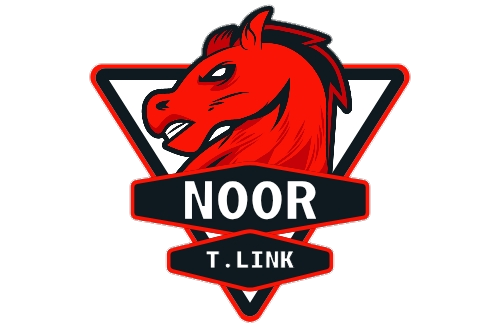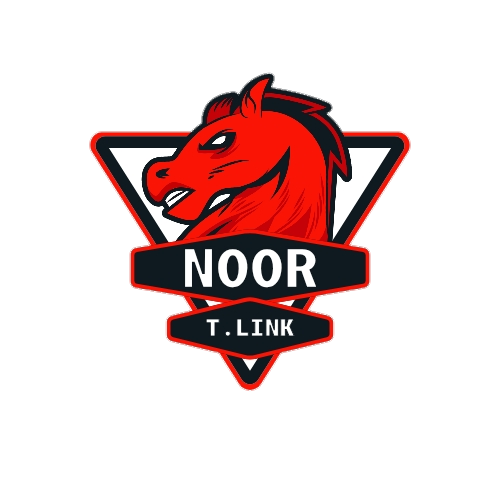The landscape of tokenized real-world assets (RWAs) is undergoing a notable transformation, driven by a confluence of institutional initiatives, strategic acquisitions, and evolving regulatory demands. Three key developments in recent days have further intensified interest in how traditional financial assets are being restructured for blockchain environments.
A significant milestone was recorded when Mercado Bitcoin, Brazil’s top cryptocurrency exchange, began the process of tokenizing approximately $200 million in equity and fixed-income assets on the XRP Ledger. This initiative, supported by Ripple, stands as one of the most substantial integrations of RWAs on the XRPL platform. The move indicates a growing preference for blockchain-native systems to facilitate the handling and distribution of conventional financial instruments, suggesting increasing institutional confidence in decentralized infrastructure.
Institutional enthusiasm for asset tokenization continues to expand, with recent projections from Ripple and Boston Consulting Group underscoring the sector’s potential. Their joint analysis estimated that the total market capitalization of tokenized RWAs could reach $19 trillion by the year 2033. This forward-looking outlook is prompting both traditional finance (TradFi) institutions and decentralized finance (DeFi) platforms to secure early positions in a market widely regarded as a cornerstone of the future financial ecosystem.
The third major development pertains to regulatory dynamics and corporate consolidation within the tokenization space. Ondo Finance, a prominent player in digital asset innovation, has recently completed the acquisition of Oasis Pro, a U.S.-licensed firm specializing in digital securities trading. This acquisition is viewed as a strategic step toward expanding compliant tokenized offerings within established regulatory frameworks. Simultaneously, Centrifuge made headlines by announcing plans to tokenize the S&P 500, one of the most recognized financial indices worldwide. This initiative reflects the growing ambition to extend tokenization to even the most established market benchmarks.
Despite this momentum, regulatory uncertainty still clouds the path forward, particularly with respect to tokenized equities. There is an ongoing demand for clarity from regulators, as exemplified by efforts from BlackRock’s leadership urging the U.S. Securities and Exchange Commission (SEC) to develop formal guidelines for the tokenization of stocks and bonds. Analysts caution that many tokenized products currently in circulation may lack essential investor safeguards. John Murillo of B2BROKER pointed out that it is crucial for investors to evaluate whether these digital representations confer rights such as dividends or enforceable claims, or whether they function merely as symbolic proxies for traditional securities.
Even with such uncertainties, the broader outlook remains optimistic. The involvement of well-established financial players, coupled with expanding tokenization use cases, is reinforcing the perception that this technological shift represents more than a fleeting trend. Instead, it is increasingly seen as a foundational evolution in global capital markets.
As institutions refine strategies and regulators gradually respond to the complexities of tokenized assets, the integration of blockchain into mainstream finance is moving from experimental to inevitable. The convergence of technology and finance continues to blur the lines between traditional and digital, setting the stage for a new era of asset management and investment.


